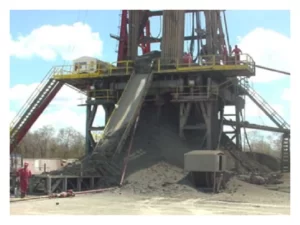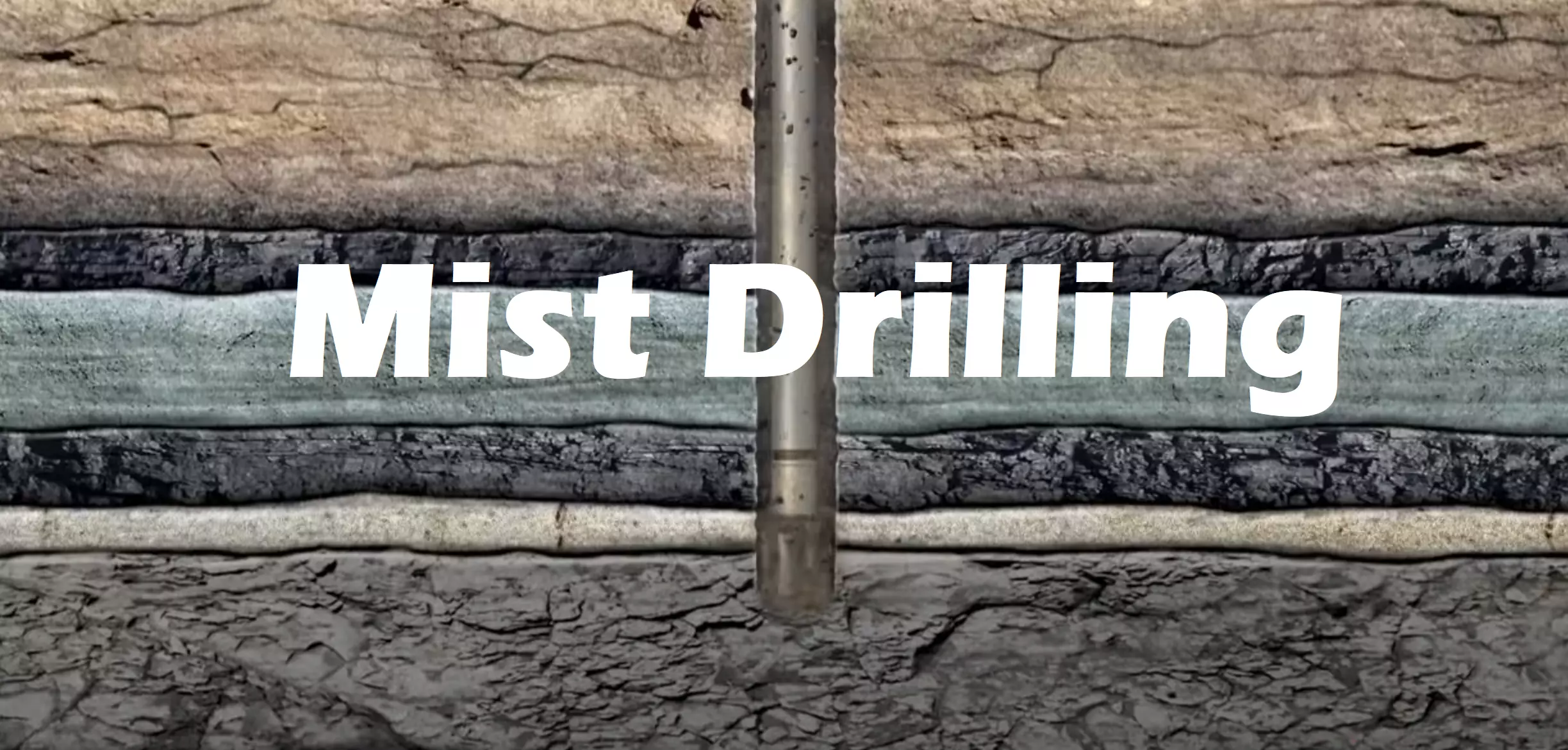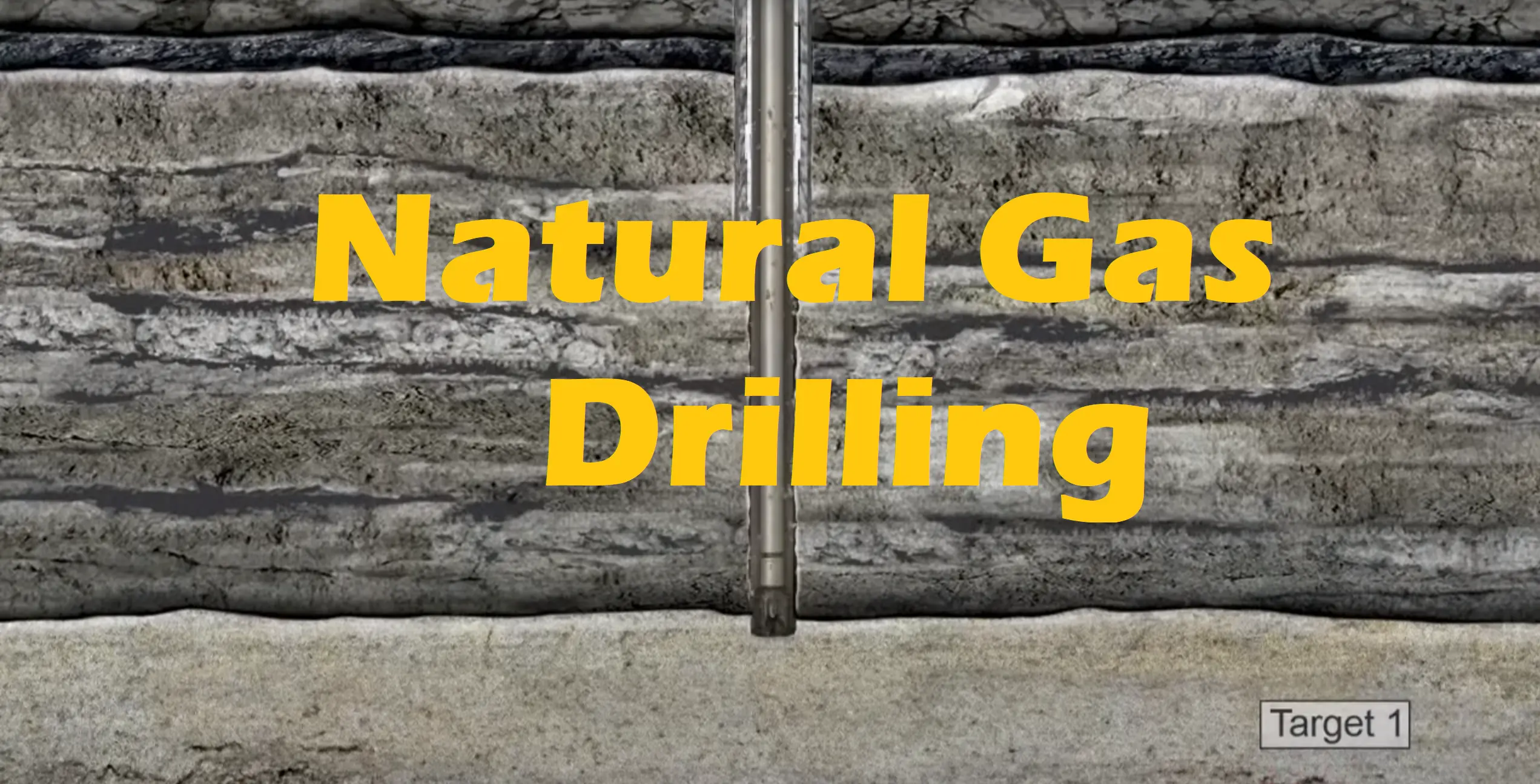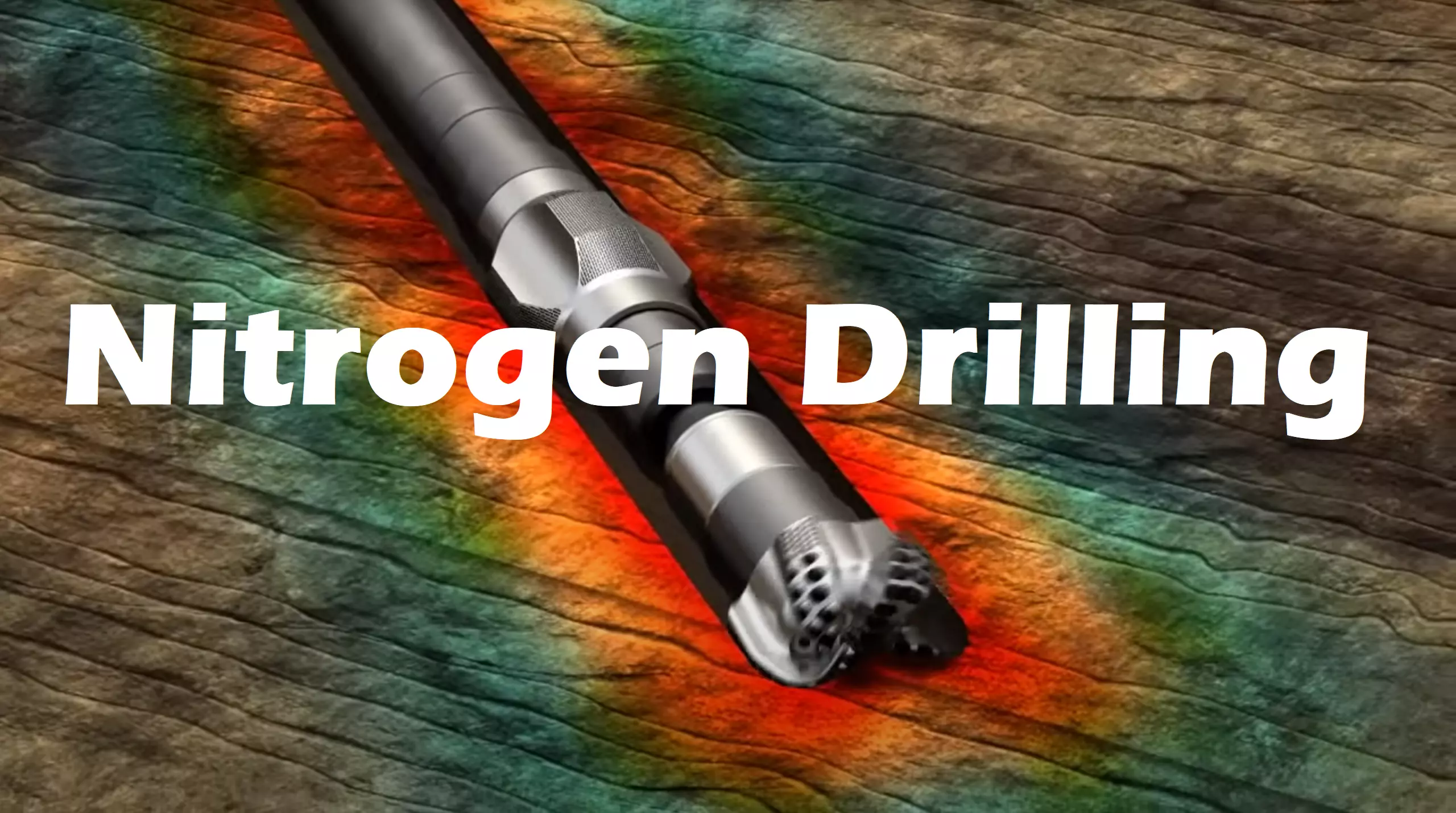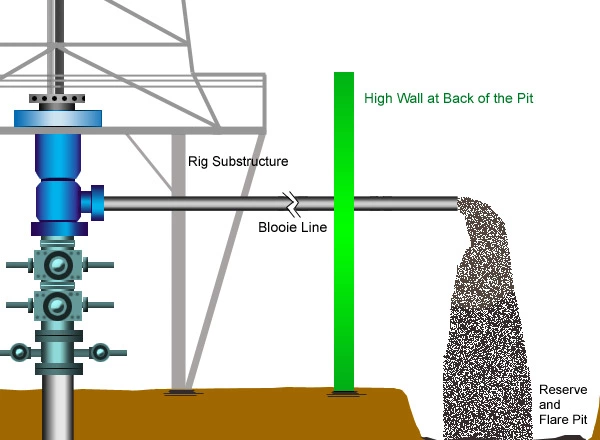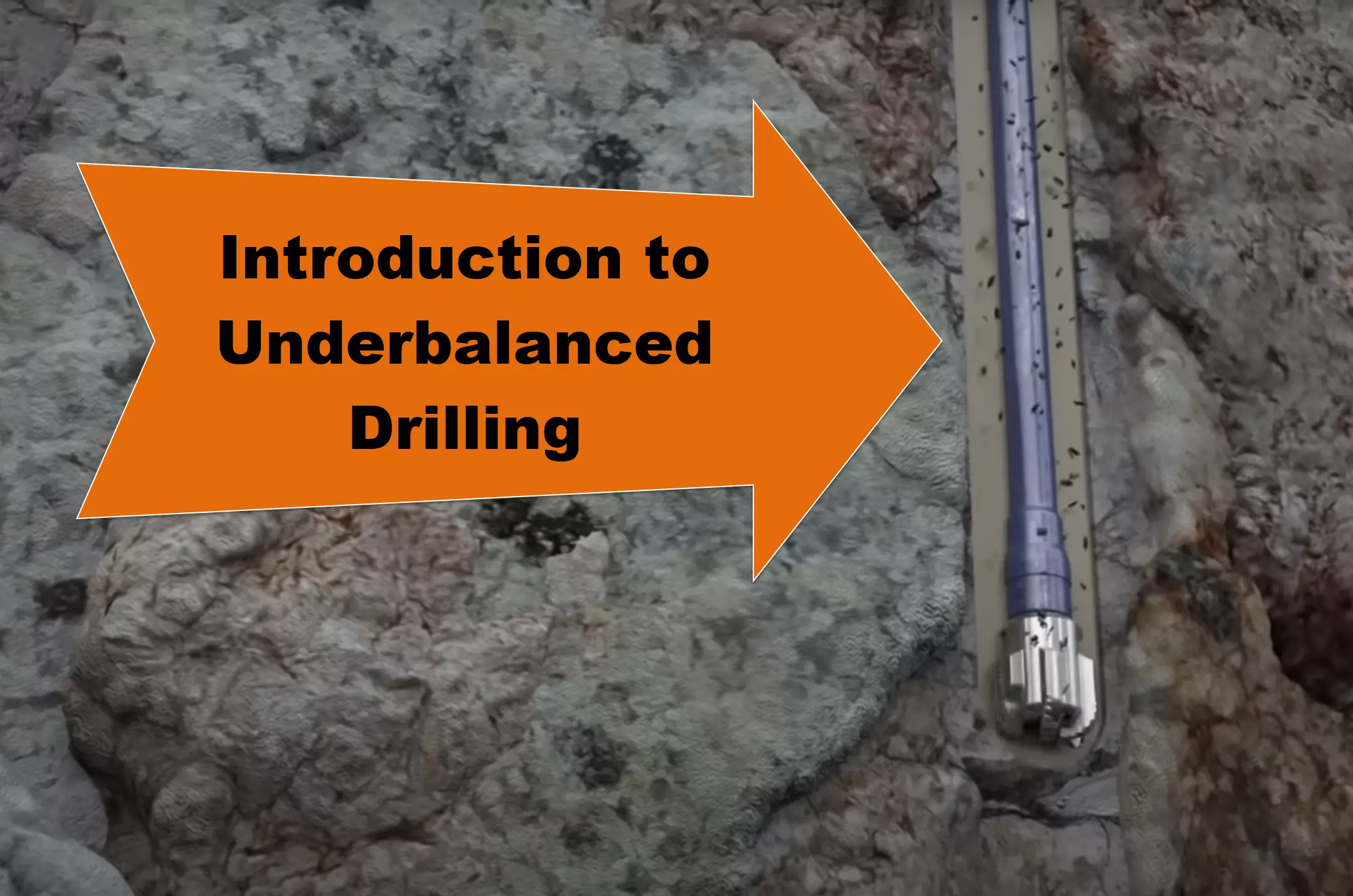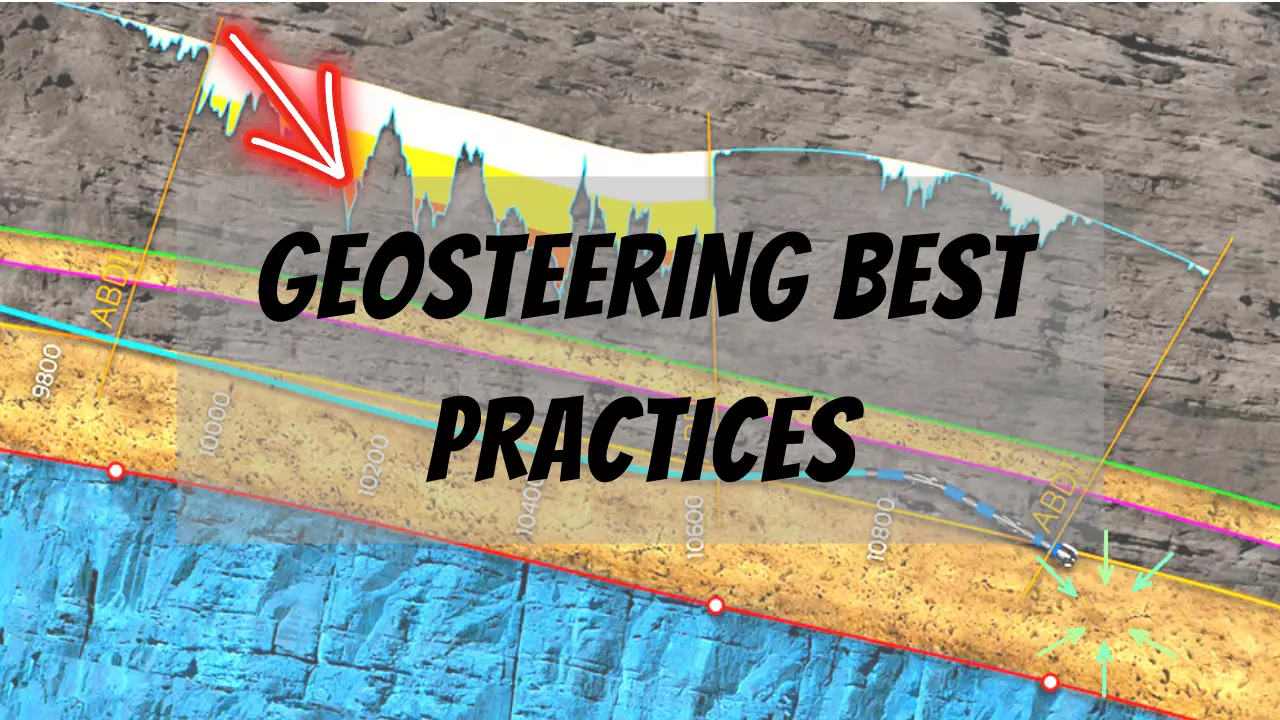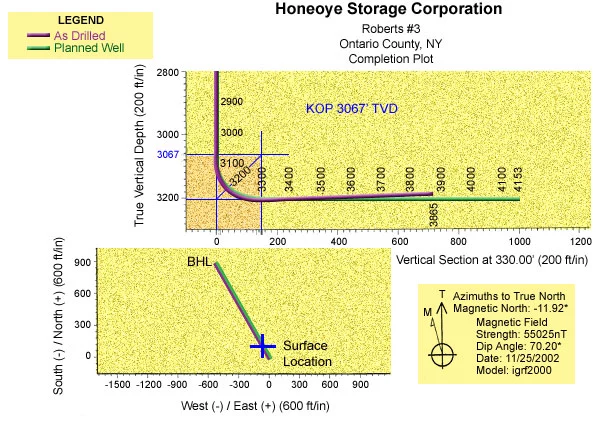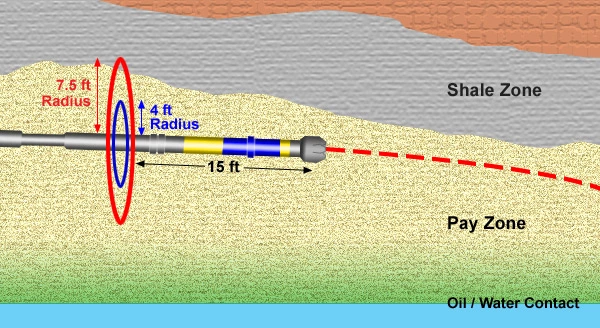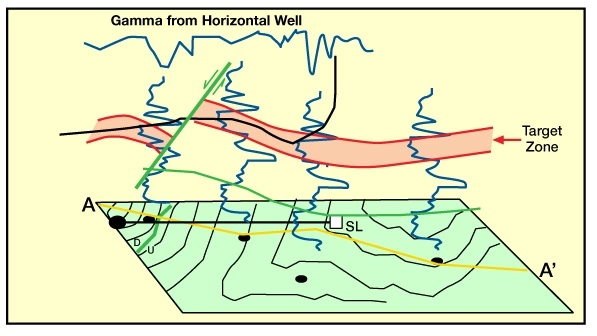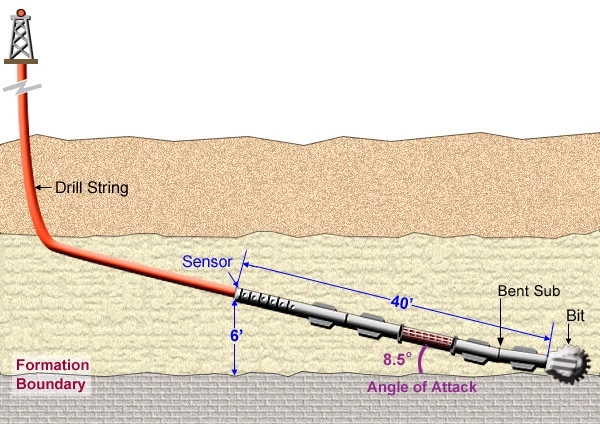Mist drilling is used if only modest amounts of water inflow are experienced during air drilling. A small amount of water is injected into ...
Read More »Natural Gas Drilling
Natural gas drilling, like nitrogen, can be used in lieu of dry air to reduce the risk of downhole fires. However, as it is released to the ...
Read More »Nitrogen Drilling
Nitrogen may be used in place of air drilling in underbalanced drilling operations. Its major advantage is that mixtures of nitrogen and ...
Read More »Dry Air Drilling
Dry Air Drilling Overview Dry air drilling is an old underbalanced drilling technique used primarily in environmentally sensitive areas to prevent formation contamination. A basic air drilling surface setup is shown in Figure 1. FIGURE 1 However, effective hole cleaning is a problem with standard air drilling. The drag force on …
Read More »Introduction to Underbalanced Drilling
This topic covers the underbalanced drilling method, which is defined as the practice of drilling a well with the wellbore fluid gradient less than the natural formation gradient. Besides minimizing lost circulation and increasing the penetration rate, this technique has a widely recognized benefit of minimizing the damage caused by …
Read More »The Principles of Geosteering | Geosteering Best Practices
In this topic, we present a brief list of principles to guide you through planning your GeoSteering project and in ....
Read More »Case Study of Geosteering
The Honeoye Storage Corporation (HSC) operates a gas storage facility in Ontario County, New York, about 40 miles south of Rochester ...
Read More »Geosteering Practices
Four critical factors must be determined to steer a well accurately. We will describe each factor below...
Read More »Preparing the Geosteering Plan
No Geosteering Team can steer a horizontal, or high-angle extended-reach wellbore without first preparing a geosteering plan from surface to kick-off point ...
Read More »Drilling Measurements and Logging Tools in Geosteering
Horizontal drilling technology has come a long way since the mid-1980’s. With the advent of Measurement While Drilling (MWD) and Logging While Drilling (LWD) tools in ...
Read More » Petro Shine The Place for Oil and Gas Professionals.
Petro Shine The Place for Oil and Gas Professionals.
